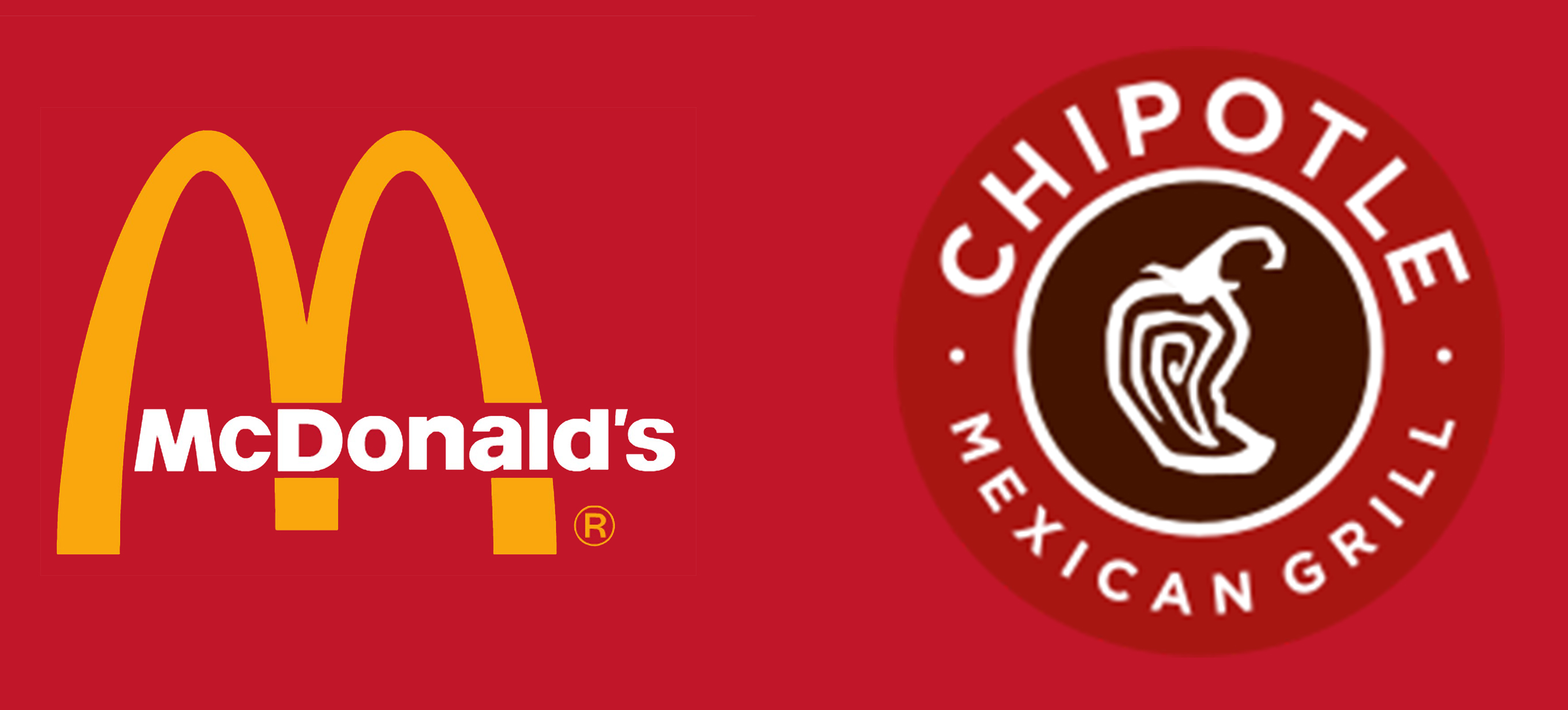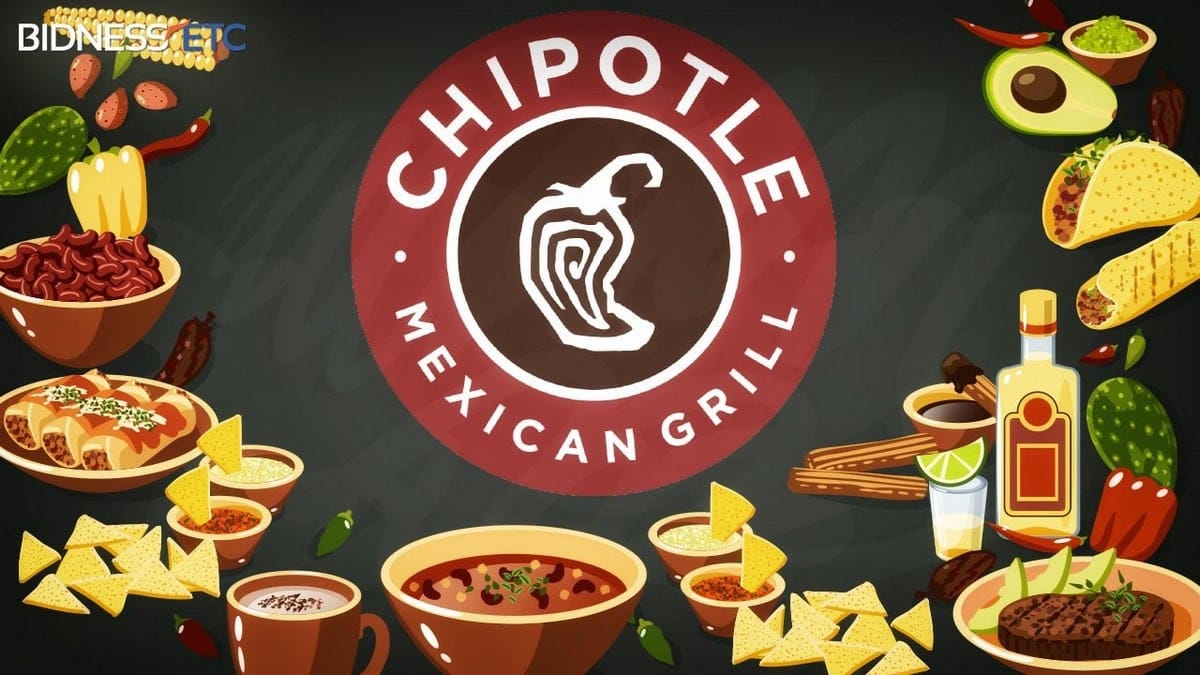Chipotle’s Business Model and Performance

Chipotle Mexican Grill has established itself as a dominant player in the fast-casual dining segment, known for its commitment to fresh ingredients and customizable menu options. The company’s business model revolves around a unique blend of operational efficiency, brand loyalty, and a focus on sustainability, which has propelled its growth and profitability.
Chipotle’s Business Model
Chipotle’s business model is built upon several key pillars:
- Focus on Fresh, High-Quality Ingredients: Chipotle prioritizes fresh, high-quality ingredients, sourced from sustainable farms whenever possible. This commitment to quality resonates with health-conscious consumers and differentiates the brand from competitors.
- Customization and Choice: Chipotle’s menu is designed to be highly customizable, allowing customers to create their own burritos, bowls, tacos, and salads. This flexibility caters to diverse dietary preferences and encourages repeat visits.
- Operational Efficiency: Chipotle’s streamlined kitchen operations and limited menu contribute to operational efficiency. The company’s focus on speed and accuracy enhances customer satisfaction and minimizes wait times.
- Digital Ordering and Delivery: Chipotle has embraced digital ordering and delivery platforms, expanding its reach and convenience for customers. This strategy has proven particularly successful during the COVID-19 pandemic.
- Brand Loyalty and Marketing: Chipotle has cultivated a strong brand identity through its commitment to ethical sourcing and its “Food with Integrity” message. The company has effectively leveraged social media and marketing campaigns to connect with its target audience.
Chipotle’s Recent Financial Performance, Chipotle stock
Chipotle has consistently delivered strong financial performance, driven by its unique business model and a loyal customer base. Key financial highlights include:
- Revenue Growth: Chipotle has consistently reported impressive revenue growth, driven by new restaurant openings and increased customer traffic. In 2022, the company generated $8.5 billion in revenue, a significant increase from previous years.
- Profitability: Chipotle has demonstrated strong profitability, with operating margins consistently exceeding 20%. This is a testament to the company’s efficient operations and pricing strategy.
- Key Metrics: Chipotle’s key performance indicators (KPIs) reflect its positive trajectory. These include comparable restaurant sales growth, average check size, and customer satisfaction scores.
Comparison to Competitors
Chipotle’s performance compares favorably to its competitors in the fast-casual dining industry. The company has consistently outpaced its rivals in terms of revenue growth, profitability, and customer loyalty. Key competitors include:
- Qdoba Mexican Eats: Qdoba is a direct competitor to Chipotle, offering a similar menu and dining experience. However, Chipotle has consistently outperformed Qdoba in terms of revenue and profitability.
- Panera Bread: Panera Bread is a leading player in the fast-casual bakery-cafe segment. While Panera offers a broader menu, Chipotle has demonstrated stronger revenue growth and profitability.
- Subway: Subway is a global fast-food chain known for its customizable sandwiches. However, Chipotle has carved out a niche for itself by focusing on fresh, high-quality ingredients and a more premium dining experience.
Chipotle’s Strengths
Chipotle’s strengths lie in its:
- Strong Brand Identity: Chipotle has successfully built a strong brand identity around its commitment to fresh ingredients and sustainable sourcing practices.
- Loyal Customer Base: The company has a loyal customer base that appreciates its menu options, quality, and value proposition.
- Operational Efficiency: Chipotle’s streamlined kitchen operations and limited menu contribute to operational efficiency and profitability.
- Digital Ordering and Delivery: Chipotle’s embrace of digital ordering and delivery platforms has expanded its reach and convenience for customers.
Chipotle’s Weaknesses
While Chipotle has achieved significant success, it faces certain challenges:
- Food Safety Concerns: Chipotle has faced several food safety outbreaks in the past, which have negatively impacted its reputation and sales.
- Labor Costs: Rising labor costs are a challenge for Chipotle, as the company relies on a large workforce to operate its restaurants.
- Competition: The fast-casual dining industry is highly competitive, with numerous players vying for market share.
Chipotle’s Future Prospects
Chipotle’s future prospects are promising, given its strong brand identity, loyal customer base, and commitment to innovation. The company is well-positioned to capitalize on the growing demand for fast-casual dining options, particularly among health-conscious consumers. However, it must continue to address its food safety concerns and manage labor costs effectively to maintain its competitive advantage.
Key Factors Influencing Chipotle Stock
Chipotle Mexican Grill’s stock price is influenced by a complex interplay of economic, industry, and company-specific factors. Understanding these factors is crucial for investors seeking to assess the potential growth and risks associated with investing in Chipotle.
Economic Factors
Economic conditions significantly impact Chipotle’s stock price. For example, during periods of economic growth, consumers tend to spend more on discretionary items like restaurant meals, potentially boosting Chipotle’s revenue. Conversely, during economic downturns, consumers may cut back on dining out, impacting Chipotle’s sales.
- Inflation: Rising inflation, particularly in food and labor costs, can impact Chipotle’s profitability. The company may need to raise prices to offset these costs, potentially impacting consumer demand.
- Interest Rates: Higher interest rates can make borrowing more expensive for Chipotle, impacting its expansion plans and overall financial performance.
- Consumer Confidence: Consumer confidence levels influence spending patterns. When consumer confidence is high, people are more likely to dine out, potentially benefiting Chipotle’s sales.
Industry Factors
The restaurant industry, particularly the fast-casual segment, presents specific challenges and opportunities for Chipotle.
- Competition: Chipotle faces intense competition from other fast-casual chains and traditional restaurants. New entrants and innovative offerings from competitors can impact Chipotle’s market share and profitability.
- Food Safety Concerns: The restaurant industry is sensitive to food safety concerns. Any outbreaks or negative publicity related to food safety can significantly impact Chipotle’s reputation and stock price.
- Supply Chain Disruptions: Global supply chain disruptions, such as those caused by the COVID-19 pandemic, can impact Chipotle’s ability to source ingredients and maintain consistent menu offerings.
Company-Specific Factors
Chipotle’s stock price is also influenced by its own internal performance and strategic decisions.
- Financial Performance: Chipotle’s stock price is sensitive to its financial performance, including revenue growth, profitability, and cash flow. Investors closely monitor these metrics to assess the company’s long-term prospects.
- Marketing and Branding: Chipotle’s marketing and branding strategies play a crucial role in attracting and retaining customers. Successful campaigns can drive sales and enhance brand perception, positively impacting the stock price.
- Innovation and Menu Development: Chipotle’s ability to innovate and introduce new menu items that appeal to consumers is crucial for driving sales and maintaining a competitive edge.
- Labor Market Dynamics: The availability and cost of labor are significant factors for Chipotle. Labor shortages and rising wages can impact the company’s operating costs and profitability.
- Digital Transformation: Chipotle’s digital initiatives, including its online ordering and delivery platforms, are essential for reaching customers and enhancing convenience.
Investment Opportunities and Risks

Chipotle Mexican Grill (CMG) has been a popular stock among investors for years, but its recent performance has been mixed. The company has faced several challenges in recent years, including food safety issues, labor shortages, and rising costs. However, Chipotle has also shown strong growth potential, and its stock price has rebounded in recent months. Understanding the potential risks and opportunities associated with investing in Chipotle is crucial for investors.
Valuation and Potential Upside
The current valuation of Chipotle stock can be assessed by examining its price-to-earnings (P/E) ratio. A P/E ratio of 40 or higher is typically considered expensive for a company. As of [Date], Chipotle’s P/E ratio is [Insert latest P/E ratio from a reliable source]. While this indicates a premium valuation, Chipotle’s growth potential and strong brand recognition justify this premium. The company’s strong unit growth, menu innovation, and digital ordering capabilities contribute to its potential for continued growth in the future.
Downside Risks and Challenges
Investing in Chipotle stock carries certain risks that investors should consider.
- Food Safety Concerns: Chipotle has faced several food safety issues in the past, which have resulted in negative publicity and a decline in sales. While the company has taken steps to improve its food safety practices, the risk of future outbreaks remains a concern.
- Labor Costs: The restaurant industry is facing a tight labor market, and Chipotle is no exception. The company has had to increase wages and benefits to attract and retain employees, which has put pressure on its profit margins.
- Competition: Chipotle faces competition from other fast-casual restaurants, such as Panera Bread, Subway, and Taco Bell. The company must continue to innovate and differentiate its offerings to maintain its competitive edge.
- Economic Uncertainty: Economic downturns can negatively impact consumer spending, which could hurt Chipotle’s sales.
Investment Strategies
Investors with different risk tolerances can consider different investment strategies for Chipotle stock:
- High-Risk Investors: High-risk investors may consider buying Chipotle stock outright, hoping to benefit from its potential growth. This strategy comes with the highest potential for both gains and losses.
- Moderate-Risk Investors: Moderate-risk investors may consider buying Chipotle stock gradually, dollar-cost averaging into their position over time. This strategy reduces the impact of market volatility.
- Low-Risk Investors: Low-risk investors may consider buying Chipotle stock options, which offer limited risk but also limited upside potential.
Chipotle stock has been on a rollercoaster ride in recent years, reflecting the challenges and opportunities facing the fast-casual restaurant industry. The success of Starbucks under starbucks ceo brian niccol has shown that strong leadership can navigate these waters, offering valuable lessons for Chipotle as it continues to evolve and adapt.
While the two companies operate in different sectors, both face similar pressures related to labor costs, supply chain disruptions, and evolving consumer preferences.
Chipotle stock, often traded under the ticker symbol CMG, has seen significant growth in recent years, reflecting the company’s success in the fast-casual dining sector. To gain a deeper understanding of Chipotle’s growth trajectory and valuation, investors can explore cmg stock analysis, which provides insights into the company’s financial performance and future prospects.
Chipotle’s commitment to fresh ingredients and its focus on digital ordering have been key drivers of its success, making it a popular choice for consumers seeking both convenience and quality.
